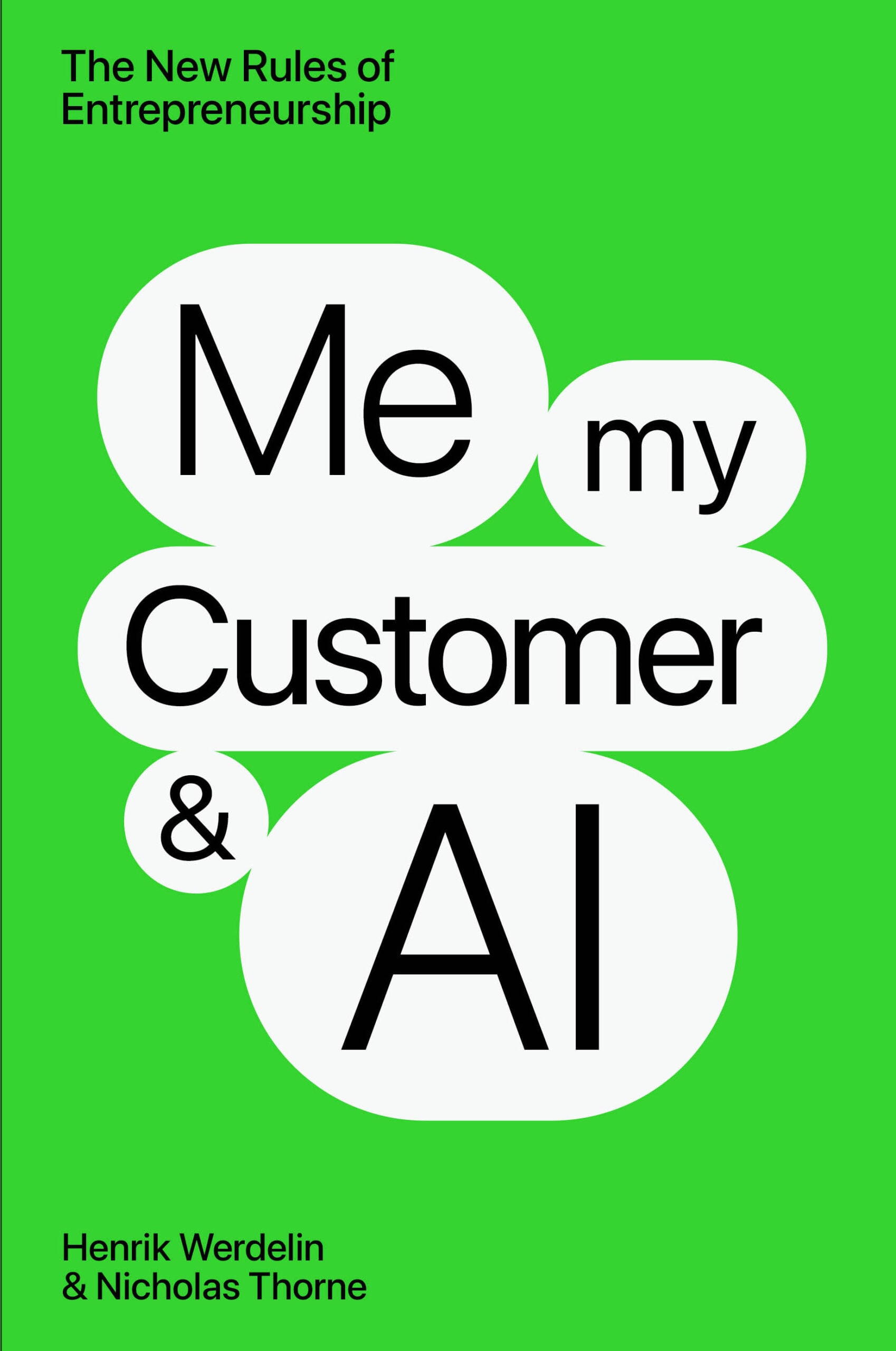The last proper bear market to take place was in 2007 when the S&P 500 lost more than half its value over 1.3 years. It’s fair to say that anyone 35 years old or younger has never experienced what true pain feels like, and many of today’s analysts seem shocked that growth is slowing for growth companies. That’s to be expected as companies tighten their purse strings in bear markets. Now is probably a good time to get bad news out of the way because you’ll get punished either way. That’s what recently happened with C3 (AI).
All of a sudden, those people who have approval authority to sign deals in previous quarters, all of a sudden, they didn’t have the approval authority to sign deals. And so right now, doing a large multimillion dollar or tens of millions of dollars capital contracts and corporations in any industry in the world is tough.
Tom Siebel
C3 Stock Falls Further
Just three months ago, we wrote a piece titled C3.ai Stock Plummets: Why We’re Not Worried which talked about our confidence in the firm’s ability to navigate the current bear market. Again, we see shares trading at all-time lows as the company made a very significant announcement regarding a change in their business model. That was accompanied by a large drop in guidance, something that likely caused the share price to fall yet again.
- Fiscal 2023 Guidance Before: $308 – $316 million
- Fiscal 2023 Guidance After: $255 – $270 million
We went from expecting 22% growth in Fiscal 2023 to expecting almost no growth (1% to 7%) with growth expected to resume in 2024 with guidance of $340 million – a 30% year-over-year increase. It’s important to understand the reason behind this change in guidance which is a plan that was years in the making – or so we’re told.
A Consumption-Based Pricing Model
Popular SaaS companies like Snowflake, MongoDB, and Datadog all use pay-as-you-go consumption-based pricing models which make it very easy for customers to start using a product. There’s less upfront commitment as opposed to a contract-based pricing model of the type C3 uses. Up until now, their sales cycles included “lengthy negotiations of what were typically 36-month contractual contracts, including developer license fees, application license fees, data science license fees, professional services and run-time fees, with the total initial commitment ranging from $1 million to $35 million or more.” This “elephant-hunting subscription sales model” worked in the past because C3 was able to show billions of dollars a year in economic benefit. These days, the value needs to be shown as the customer scales because the promise of future value realization is too much of a risk.
Usage-based pricing offers a low-cost point of entry that C3 says is becoming “the accepted standard in enterprise SaaS application software pricing.”
The sales motion now begins with a six-month pilot project during which the customer will bring its first C3 AI Enterprise application into production use. After the initial six months, ongoing pricing is simply $0.55 per CPU hour.
Credit: C3
Sounds similar to how Palantir operates – they run pilots at a loss in order to demonstrate the value of their platform to customers. The end result is less revenue received up front which means investors can expect revenue growth to lag, something that’s succinctly portrayed in the below chart.

The call also elaborated on a few other plans in the works. The first involves achieving profitability sooner. With nearly a billion dollars in cash on hand, the company has plans to achieve profitability by 2024 with $700 million to spare. That’s a nice buffer to have so there’s no reason to think they won’t survive whatever is coming. The second plan is a revamped salesforce which involved hiring 51 sales directors who will focus on consultative selling with C3’s sales spending expected to increase over time. Fresh blood will be useful in rolling out the new subscription model for new clients and upselling existing clients. One key SaaS metric that would be useful is net retention rate (NRR) or any other metrics that show existing customers are increasing spend over time. That’s particularly concerning given what we’re going to talk about next.
Short Reports and Lawsuits
Whenever we check in with a stock, we collect a standard set of artifacts, one being the most recent filing document. In our last piece on C3, here’s what we said:
It wasn’t until halfway through this piece that we realized C3 hadn’t filed their 10-K yet. Therefore, we can’t tell you if their customer concentration risk is decreasing over time as we expect it to.
Nanalyze
When the 10-K came out, we briefly parsed out information on customer concentration risk and moved on our merry way. If we had thoroughly examined the document per our usual practice, we would have noted a class action lawsuit filed by The Reckstin Family Trust which accuses C3 of making all sorts of misleading statements to investors. The complaint references an 88-page short report published in February 2022 by Spruce Point Capital Management (an activist short seller) that presents a great deal of evidence supporting their claim of a 50% possible downside which would see shares trading between $12.85 to $15.40.

That price target proved true, and the reasoning behind their claim was that C3 largely oversold the potential of their platform to investors (major talking points seen above). When we consider this in the context of the revised guidance discussed today, we can’t help but be concerned.
Spruce Point believes C3 will come under greater scrutiny as a money-losing company with good, but complex and difficult to sell technology, that has failed to gain broad market acceptance.
Credit: Spruce Point
The report talks about the company’s liberal and fickle use of buzzwords over time, something we noted in our piece titled Is C3.ai Stock an IoT Stock or an AI Stock? We also noticed the change in how they describe customer count, something that was painted as a possible negative. Most notably, the concerns we had in the last piece surrounded their dependency on a single customer – Baker Hughes – for 31% of 2022 revenues (the number moved to 25% this past quarter with another customer responsible for an additional 14%). That’s probably the biggest point of contention in the report which points out how the contract with Baker Hughes keeps getting revised over time and reducing in value.

That’s a concern because we’ve been assuming this solution saves customers’ money and is therefore durable in times of economic crisis. Could there be more to the drop in guidance aside from a change in business model? Only time will tell.
It is clear that the commentary that we have all been hearing in recent earning announcements about market uncertainty, budget cuts and lengthening sales cycles as the market anticipates economic downturn is real.
Tom Siebel
Buy C3 Stock or Sell C3 Stock?
In looking at the past two earnings calls, we’re stymied as to why no analysts covering C3 brought up the Spruce Report topic. Perhaps they didn’t want to incur the wrath of Tom Siebel, but they could have asked more probing questions around the Baker Hughes relationship. The recently revamped salesforce seems to alleviate one concern from the short report as follows:
We believe this leaves the Company adrift to continue burning capital without a deep and experienced salesforce adept at marketing and selling a complex product to achieve broader adoption.
Credit: Spruce Point Capital Management
Considering what we’ve discussed today, it’s hard to argue we should ignore the accusations in the short report, the class action lawsuits, and the recently revised guidance of single-digit growth at best. If we had capital left to allocate to C3, we wouldn’t feel comfortable purchasing more shares based on what we’ve discussed today. Our plan is to wait and see if growth can resume in 2024. As competent leaders often do, we’re hoping Mr. Siebel gave the worst possible guidance – all the bad news is out of the way – and now hopes to exceed expectations. But then we listen to what he says about budgets clamping up across the board and wonder if things might go from bad to worse.
If you’re already invested in C3, there’s no reason to sell at these depressed prices. If you’re thinking about investing, read the short report first, then make your decision. While their cash stockpile leads us to believe they’ll survive anything the bear market throws at them, there will be an opportunity cost associated with holding the stock.
Conclusion
Tech investing is inherently risky because things change so fast. When times are good, everyone spends money without a thought and run rates rise as if such growth is a certain thing. Perhaps the best news is that C3 appears capable of weathering whatever storm gets conjured up on the global stage. Provided they don’t get wiped out by a securities class action lawsuit, it seems likely the nearly $1 billion on their books will guide them to profitability. We’re holding in hopes that Mr. Siebel can guide the company through the turmoil it faces and resume growth in 2024 that will surpass previous expectations.
Tech investing is extremely risky. Minimize your risk with our stock research, investment tools, and portfolios, and find out which tech stocks you should avoid. Become a Nanalyze Premium member and find out today!









































